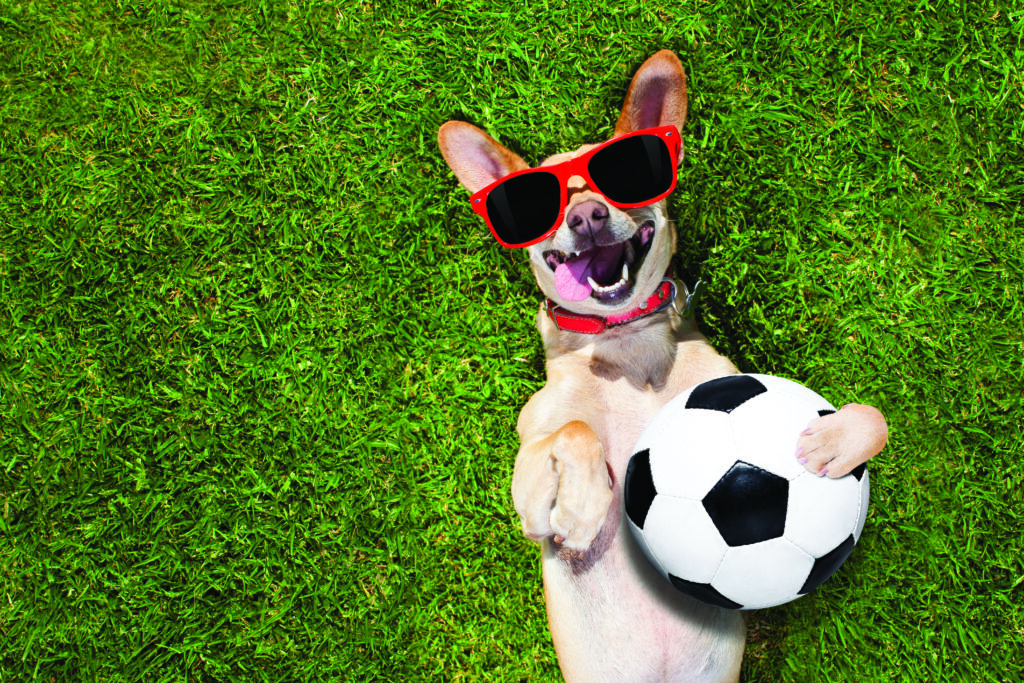Your dog’s sedentary lifestyle leads to destructive or aggressive behavior, excessive barking, obesity, diabetes, etc. Exercising alongside your partner keeps you healthy and fit, develops your sociability and strengthens your bond. Delphine Raimond
Poobalen Shummogam, Brand Manager at Panagora, urges us to make exercise motivating for the dog, by means of positive reinforcement (rewards) such as treats, toys, stroking, praise, when it succeeds in an exercise. “The animal can quickly become bored. You need to vary the activities, to stimulate his mind, gradually introduce new challenges, in short, frequent sessions.” Group exercises also provide plenty of stimuli and encourage socialization. “Supervise interactions between dogs carefully, be patient and avoid harsh corrections that destroy any results!” As for the diet of active dogs, it should be rich in proteins and fats, such as omega-3 fatty acids, to support muscle mass, joint health and recovery.
Each individual has different abilities and needs, depending on breed, pedigree and pathologies. The intensity of exercise should be adapted to the dog’s tolerance and well-being. “Swimming is an excellent activity for osteoarthritis sufferers, as it maintains a muscular and cardiac workout, mobilizes the joints and relieves the dog of its own weight”, confides Animalia veterinarian Dr Mathilde Fox, before recommending rinsing the dog with clear water after each swim. “In cases of dysplasia or osteoarthritis, walking on level ground is perfect. Adapt the duration and distance to your dog’s state of pain and fatigue, and give him a regular drink. If he runs out of breath, breathes fast and hard, seeks the shade, lies down spontaneously… take a break or stop the exercise”.
